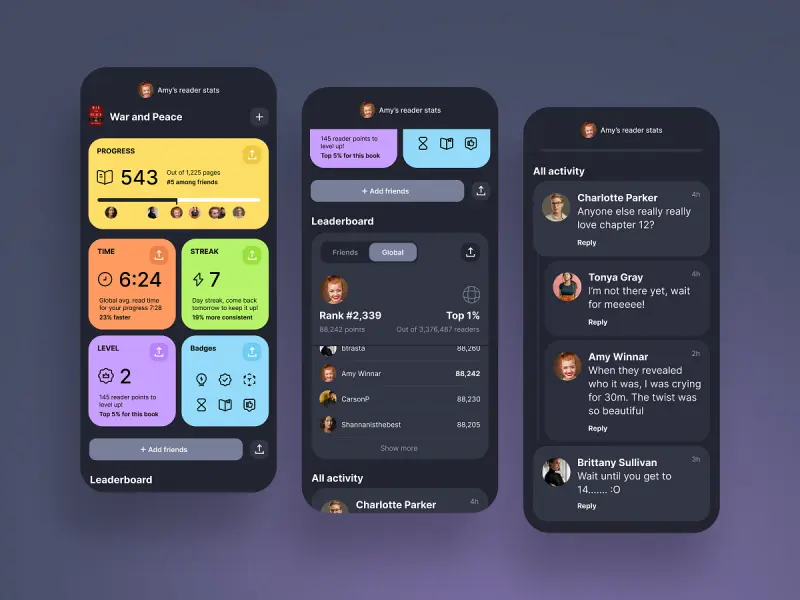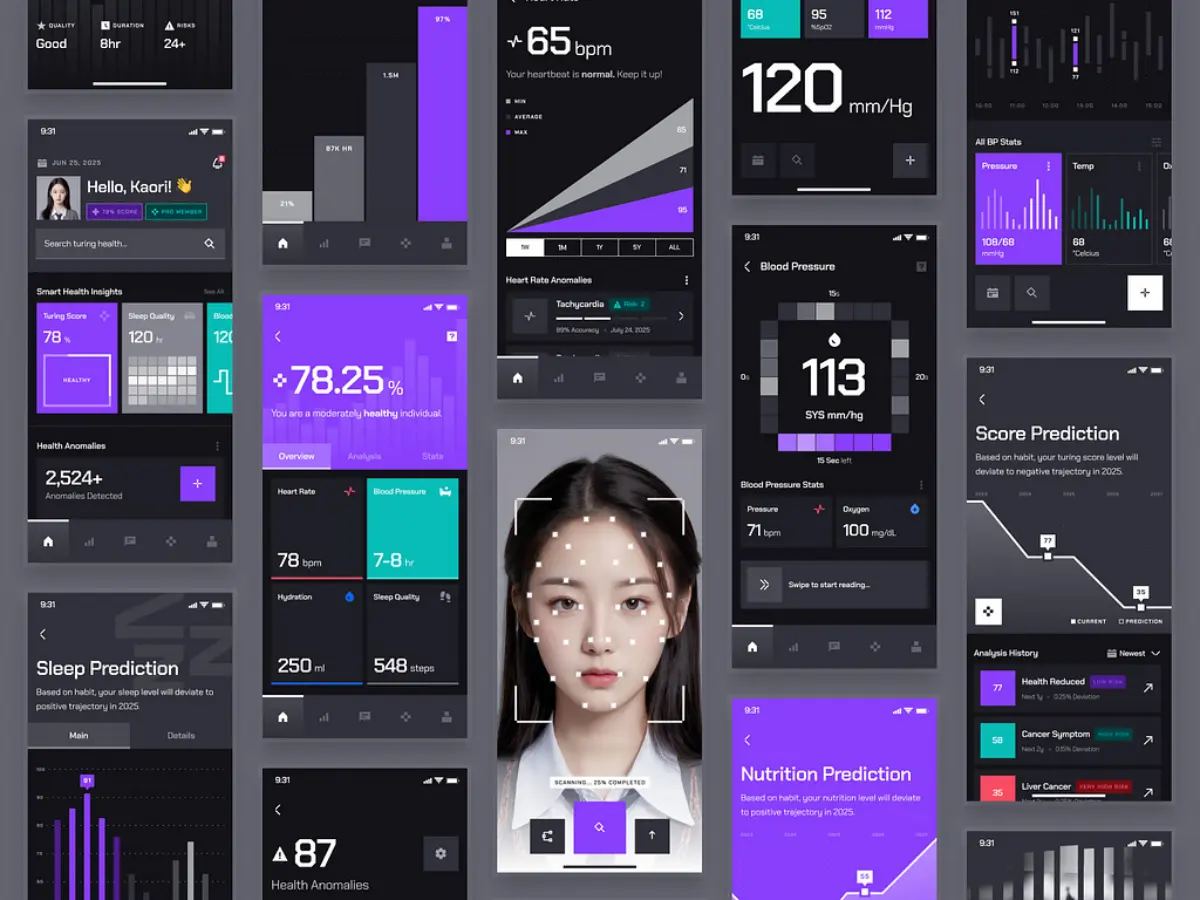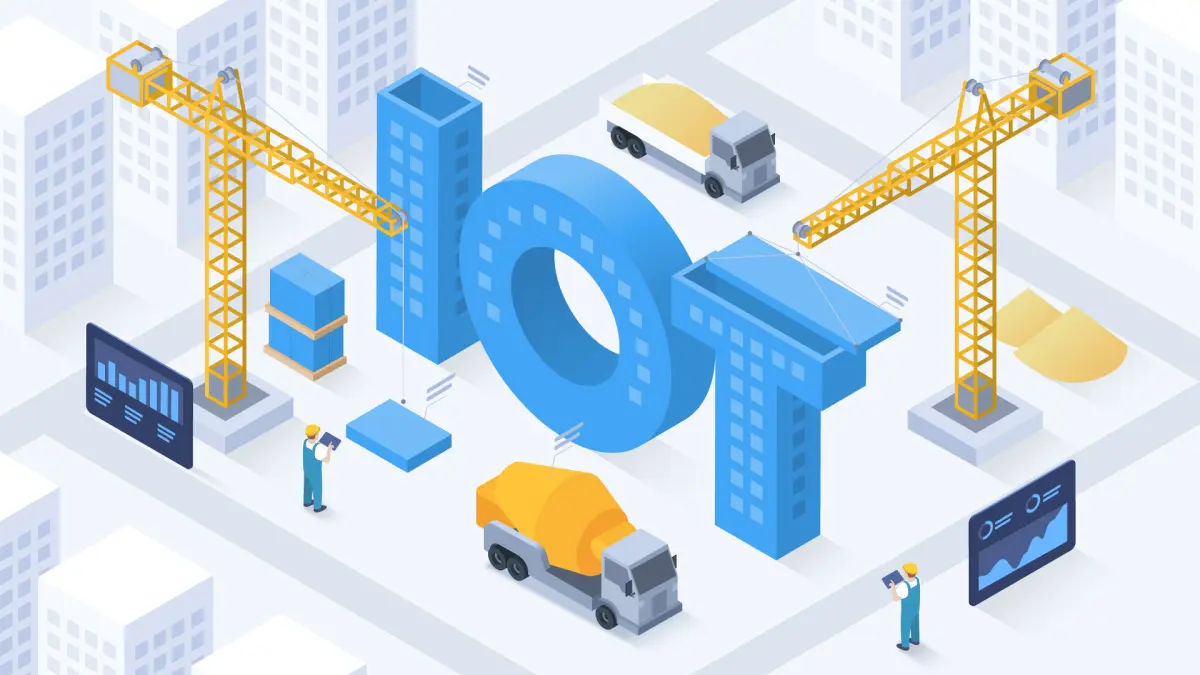How to Calculate The Cost to Maintain An App in 2025 – Full Guide
- TECHVIFY Team
- 0 Comments
The journey of a mobile app doesn’t conclude at launch; it’s just the starting point. Even the best-designed apps will encounter bugs and glitches after going live.
If left unchecked, these issues can negatively impact the user experience, attract poor reviews, and cause your user base to shrink. This is where regular app maintenance becomes vital—not just as a routine task but as an essential part of your app’s long-term success.
Explore this in-depth guide to understand the significance and cost to maintain an app. Let’s keep your app thriving and standing out in the highly competitive mobile app landscape.
I. Why Does the Cost of Developing and Maintaining an App Matter?
As a business owner, ensuring the long-term maintenance of your mobile app is key to preventing it from becoming obsolete.
1. Keeping Apps Updated to Minimize Uninstalls
To stay competitive, it’s important to be in tune with user preferences and adjust your app’s features to align with what they like and dislike.
Research shows that over 71% of users uninstall apps due to excessive or irrelevant notifications. This highlights how much users value a seamless experience—if your app fails to deliver, they won’t hesitate to delete it.
Therefore, consistently monitoring user feedback and expectations, and making timely updates to your app, is crucial.
App stores have strict quality standards, and if your app falls short, it risks being rejected. A drop in your app’s ranking may even lead to its removal during platform cleanups. Regular updates, including new features and APIs, will keep your app both functional and competitive.
Cost of developing and maintaining an app
2. Delivering Exceptional User Experiences
There’s no guaranteed recipe for app success, but delivering a top-notch user experience (UX) is essential.
A great UX allows you to:
- Boost User Retention: A smooth, intuitive UX—featuring easy navigation, fast load times, and a user-friendly interface—can significantly increase user retention rates.
- Increase Revenue: A polished UX can attract more users, leading to greater in-app purchases or ad revenue.
- Improve Reviews and Rankings: Satisfied users are more likely to leave positive reviews, which helps boost your app’s visibility and ranking in app stores.
3. Enhancing ROI Over Time
Regular updates keep your app fresh and maximize your return on investment (ROI). They offer opportunities to reduce costs while attracting new users. How does routine maintenance help?
It’s simple: by addressing bugs and issues as they arise, you can spread out repair costs over time, making it easier to manage your budget and optimize your investment.
4. Minimizing Downtime and Financial Losses
Downtime can lead to significant revenue loss, as seen with companies like Bank of America, Blackberry, and Amazon Web Services, all of which have experienced major hits due to outages.
By staying on top of maintenance and managing potential downtimes, your team can minimize financial losses and ensure a more satisfying user experience.
5. Tackling Security Issues
As technology evolves, so do the risks. Regular updates are essential to protect your app against security breaches and vulnerabilities. This also means staying compliant with platform-specific privacy policies, such as those from Google and Apple, as well as adhering to local regulations like GDPR or CCPA.
6. Staying Competitive in the Market
Your app must evolve with current technological trends and changing user preferences to remain relevant. This might involve integrating the latest technologies, redesigning the interface, or introducing new features to keep your app engaging in a fast-moving market.
Learn More On:
II. How Much Does It Cost to Maintain an App?
When factoring in the cost of maintaining an app, various elements, such as server management, push notifications, and payment gateways, come into play.
Once your app is live on platforms like Google Play and the Apple App Store, tracking key metrics like Daily Active Users (DAU) to monitor both installations and user engagement is important. Keeping an eye on Monthly Active Users (MAU) also provides a broader view of how engaged users are over time. High DAU and MAU figures are usually a sign of success.
In the app development lifecycle, the maintenance phase follows development and release. This phase often incurs additional costs, which can amount to as much as 50% of the total development cost in the first year. After that, the expense usually decreases to about 15-25% annually.
If your app runs on multiple operating systems, like Android and iOS, the cost to maintain an app might rise slightly. On average, app owners should budget around $2,000 to $2,500 per month in the initial stages to keep the app running smoothly.
A common rule of thumb is to allocate 20% of the initial development cost for maintenance. For example, if your app development costs were $200,000, expect to spend about $40,000 annually on upkeep.
Here are some common recurring expenses during the maintenance stage:
| Expense Head | Cost ($) per month |
|---|---|
| Servers | $100-$200 |
| Push Notifications | $10 |
| Payment Gateways | Up to $149 (or more) |
| Emergency Maintenance | Varies |
| App Stores Developer Fee | $25 for Google Play, $99 for Apple |
Let’s break down a few more factors to consider when budgeting for app maintenance:
Hosting
Server costs for mobile apps are a significant part of ongoing maintenance. You’ll need to determine the type of server your app requires and factor in hosting expenses.
Depending on the type of data your app handles—whether it’s text-based or involves large files like audio and video—you may need more server CPU, memory, and storage, which will increase costs. App hosting can range from $70 to $320 per month, depending on content, user activity, and anticipated growth.
Cloud services like Amazon Web Services (AWS) can often be cost-effective, as they charge based on usage, and their server maintenance fees are typically lower.
Analytics
Monitoring and analyzing issues like bugs and crashes is crucial, and tools like Google Analytics can provide valuable insights to help make informed decisions.
Understanding user behavior allows you to make quick, data-driven adjustments. While many analytics tools are free, advanced platforms offering more detailed insights may come with a price tag.
Monitoring and analyzing data also takes time, so investing in tools that match your business needs is wise.
Cost of maintaining an app
Bug Fixing and Updates
Routine updates are essential to fix bugs and improve the user experience (UX). If you check most apps, you’ll notice regular updates. The cost of these updates varies widely depending on the scope of the issue.
For example, fixing a minor bug in the code might cost around $50. However, updating a functional feature could take several weeks and range from $1,000 to $2,000. The size of your app and the complexity of the changes will heavily influence these costs.
Third-Party Services
If your app relies on third-party services or licensed technology, you’ll need to factor in monthly fees. Anything that comes from an external source, like payment processors or integrated services, adds to your ongoing costs.
Customer Support
Imagine you’re watching a movie, and suddenly the screening is interrupted—you’d be frustrated, right? Similarly, when app users encounter problems, it’s important that they have a platform to voice concerns and receive quick resolutions.
Investing in customer support is an ongoing cost, but it can lead to positive reviews and happier users.
The more features your app has, the more costs you can expect. Maintenance expenses depend on the app’s functionality, so it’s essential to plan accordingly.
As you focus on bringing value to your app users, it’s a good idea to follow industry best practices to help manage costs and maintain a successful app.
Have a Project Idea in Mind?
Get in touch with experts for a free consultation. We’ll help you decide on next steps, explain how the development process is organized, and provide you with a free project estimate.
III. Other Factors That Affect the Costs of Maintaining an App
When calculating how much does an app cost to maintain, several key factors come into play, which can significantly influence the overall expense:
- Size & Complexity of the App
Smaller, simpler apps are generally easier and less expensive to maintain compared to larger, more complex ones. A basic app with fewer features and simpler code requires less maintenance effort. On the other hand, an app with a wide range of features, intricate functionality, and more lines of code will naturally demand more time and resources to keep running smoothly. If you plan on adding advanced features or ensuring cross-platform compatibility, partnering with an experienced .NET development company can bring the specialized skills needed to handle these complexities. - Number of Users
An app with a large user base requires more maintenance resources than one with fewer users. More users often mean more data to manage, which can complicate things from a technical standpoint. Additionally, a larger audience is likely to generate more customer support queries, leading to higher support costs and requiring more frequent updates or bug fixes to ensure smooth performance. - Frequency of Updates
Apps that are updated regularly will incur higher maintenance costs compared to apps with fewer updates. Each update requires thorough testing and deployment, which can be time-consuming and expensive. Moreover, every update brings the risk of introducing new bugs, which may require additional resources to fix, further increasing maintenance costs. - Platform & Operating System
The operating system your app is built for will also influence maintenance costs. iOS and Android, for example, have different system architectures and development requirements. Maintaining an iOS app will require different tools, frameworks, and expertise than maintaining an Android app. If your app supports both platforms, expect the cost of maintenance to increase due to the differences in how updates and optimizations are handled for each system.
IV. Determining the Right Budget for Mobile App Maintenance
Typically, the cost to maintain an app falls between 15% and 20% of the overall development budget. If your expenses are going beyond the 20% mark, it’s important to ensure that the results justify the cost. If you’re spending more, consider consulting a mobile development firm to get expert advice on managing these costs efficiently.
The technology stack also has a significant impact on the overall maintenance expenses. Keeping your app aligned with the latest tech trends can result in additional costs. In these cases, seeking guidance from a professional mobile app development company is wise. Consultants like those at Space-O, with their experience in creating over 4,400 apps, can provide the direction you need.
Now, let’s dive into various types of maintenance services and the scenarios where your app may require ongoing attention.
How much does an app cost to maintain
V. Effective Ways to Minimize Mobile App Maintenance Costs
After your app is live, you’ll likely want to keep your maintenance expenses as low as possible. Here are some practical tips to help reduce costs:
1. Opt for the Most Suitable Development Platform
You can either develop individual native apps for different platforms or choose a cross-platform solution that works across multiple operating systems with a single codebase. Maintaining several native apps is far more costly than managing one cross-platform app. Additionally, cross-platform apps save both time and money during the development process.
2. Start With a Minimum Viable Product (MVP)
If you’re in the early stages, it’s a good idea to build an MVP that includes only the most essential features. Adding too many features right away can result in crashes and slow loading times as your app evolves. After receiving user feedback, you can then gradually introduce more features. Keeping things simple in the beginning helps to minimize maintenance costs.
3. Stay Ahead of Industry Trends
One key to keeping maintenance costs low is to ensure your app aligns with the latest trends from the start. If your app becomes outdated, frequent updates will be needed to stay competitive, which can drive up costs.
For instance, integrating features like AI, wearable tech, and gamification can significantly impact development and maintenance costs when developing a fitness app. Make sure to consider these factors early on when planning your budget.
4. Collaborate With Your Development Team on Strategy
Rather than making decisions alone, it’s best to consult with technical experts who can help you build a tailored maintenance budget. Share your goals and financial constraints with your development team, and they can assist in crafting a strategy that saves you money without compromising on app quality.
Conclusion
Regular updates not only enhance user experience but also prevent costly downtime, protect against security risks, and ensure your app keeps up with the latest trends. By being proactive about your app’s maintenance, you’re not just preserving your investment—you’re setting yourself up for long-term success.
At TECHVIFY, we understand how critical ongoing app maintenance is to your business. That’s why we offer expert consultation and development services to help you optimize your app’s performance while keeping the cost to maintain an app manageable. Reach out to us today for a free consultation, and let’s work together to keep your app running smoothly and efficiently, ensuring it remains competitive in the market.
TECHVIFY – Global AI & Software Solution Company
From Startups to Industry Leaders: TECHVIFY prioritizes results, not just deliverables. Accelerate your time to market and see ROI early with high-performing teams, AI (including GenAI) Software Solutions, and ODC (Offshore Development Center) services.
- Email: [email protected]
- Phone: (+84)24.77762.666








